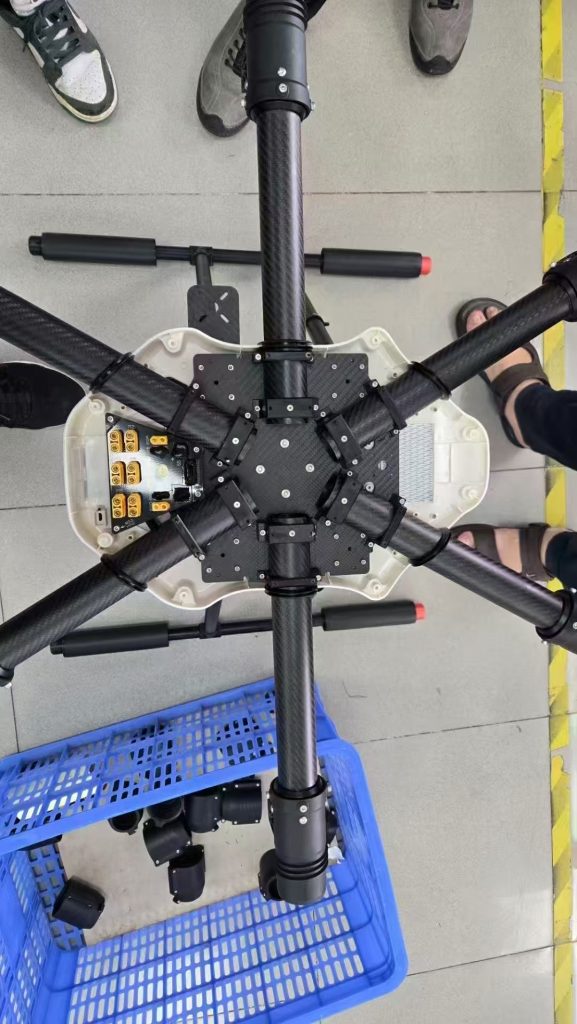
In modern agriculture, drones are indispensable tools for tasks ranging from crop monitoring to precision spraying. However, the success of these operations hinges on one often-overlooked factor: drone frame design. At our China-based agricultural UAV factory, we specialize in lightweight drone frame manufacturing, combining advanced materials and innovative engineering to create drones that maximize flight efficiency, payload capacity, and durability. This article explores how lightweight frames transform agricultural drones and why they are critical for next-generation farming solutions.
The Challenge of Traditional Drone Frames
Conventional drone frames prioritize rigidity over weight, leading to three key limitations:
- Reduced Flight Endurance: Heavy frames drain battery life, shortening mission durations.
- Lower Payload Capacity: Excess weight limits the amount of pesticides, seeds, or sensors a drone can carry.
- Increased Fuel Costs: Heavier drones require more energy to operate, raising operational expenses.
For large-scale farms, these inefficiencies translate to higher costs, missed planting windows, and suboptimal yields.
Why Lightweight Frame Manufacturing Matters
Lightweight drone frames are engineered to solve these challenges while enhancing performance:
- Extended Flight Times
Reducing frame weight by 30% can extend battery life by 20%, allowing drones to cover more acres per charge. - Higher Payload Flexibility
Lighter structures free capacity for heavier sensors, sprayers, or multispectral cameras without compromising stability. - Improved Maneuverability
Aerodynamic, lightweight designs enable drones to navigate dense crops and uneven terrain with precision. - Cost Savings
Efficient energy use and extended durability reduce long-term operational expenses.
Our Lightweight Frame Manufacturing Process
As a leader in agricultural UAV innovation, our factory employs cutting-edge techniques to produce frames that balance strength, weight, and functionality:
- Advanced Materials
- Carbon Fiber Composites: Ultra-lightweight yet 5x stronger than aluminum, ideal for high-stress missions.
- 3D-Printed Titanium Alloys: Customizable, corrosion-resistant parts for complex frame geometries.
- Bio-Based Polymers: Eco-friendly materials that reduce environmental impact without sacrificing durability.
- Aerodynamic Design
- Computational Fluid Dynamics (CFD) Simulations: Optimize frame shape to minimize drag and wind resistance.
- Modular Components: Interchangeable parts simplify repairs and adapt to seasonal farming needs.
- Precision Manufacturing
- CNC Machining: High-precision cutting ensures consistent weight distribution and structural integrity.
- Finite Element Analysis (FEA): Stress-tests digital prototypes to identify weak points before production.
- Sustainable Practices
- Recycled Aluminum Alloys: Repurposed materials reduce waste and lower production costs.
- Solar-Compatible Frames: Built-in mounts for solar panels extend mission ranges in sunny regions.
Key Features of Our Lightweight Agricultural Drones
- Ultra-Lightweight Chassis
Weighing under 2kg while supporting payloads up to 15kg, ideal for rice paddies and orchards. - Quick-Release Battery System
Swappable battery packs enable uninterrupted operations for extended fieldwork. - Self-Healing Coatings
Nano-engineered surfaces repair minor scratches automatically, extending frame lifespan. - Smart Load Balancing
AI-driven software adjusts weight distribution in real time to maintain stability during uneven spraying.
Technology-Driven Innovations
Our R&D team integrates proprietary technologies to push lightweight engineering boundaries:
- Graphene-Enhanced Composites: Boosts strength while reducing weight by 15%.
- AI-Optimized Frame Tuning: Algorithms customize designs based on specific crops (e.g., wheat vs. cotton).
- Swarm Compatibility: Lightweight frames enable synchronized operations of multiple drones for large-scale seeding.
Case Study: Transforming Corn Farming in Shandong Province
A 5,000-hectare corn farm adopted our lightweight drones for aerial seeding and nutrient application. Results included:
- 25% faster seeding rates due to reduced frame weight and optimized airflow.
- 20% lower fuel costs from improved energy efficiency.
- 15% higher yield from uniform fertilizer distribution and reduced equipment wear.
Future Trends in Agricultural Drone Frames
As farming scales toward ultra-efficiency, our factory is advancing:
- 4D-Printed Frames: Shape-shifting materials adapt to weather conditions mid-flight.
- Biodegradable Frames: Plant-based composites decompose post-use, minimizing environmental footprint.
- Autonomous Frame Repairs: Drones equipped with 3D printers to mend cracks in the field.
Conclusion
In China’s precision agriculture revolution, lightweight drone frames are more than a technical upgrade—they’re a game-changer. By combining advanced materials, AI-driven design, and sustainable manufacturing, our factory delivers drones that empower farmers to work smarter, faster, and greener. Whether you’re managing terraced rice fields or vast corn belts, our solutions ensure every flight maximizes yield while minimizing costs.
Contact Us
Ready to elevate your farming operations with next-gen lightweight drones? Partner with a leader in agricultural UAV innovation. Visit Your Website or call Contact Number to explore custom frame solutions tailored to your…

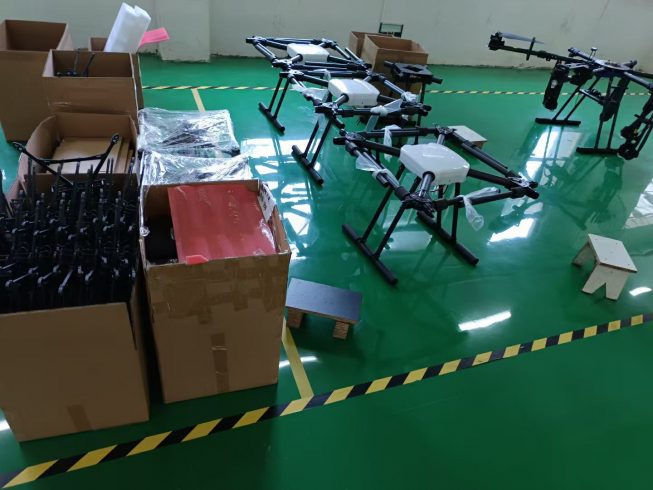
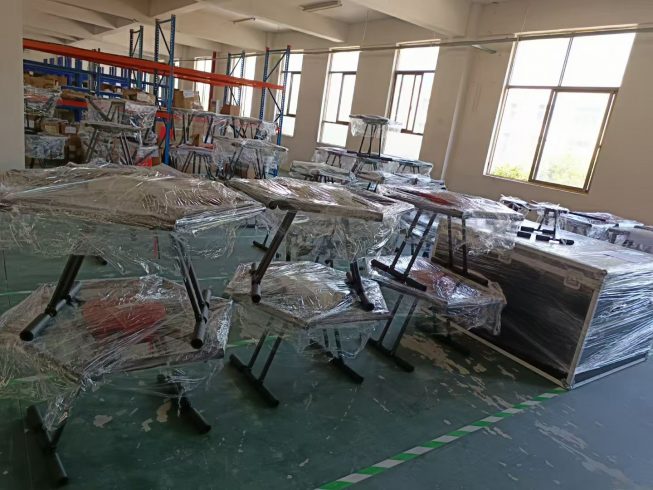

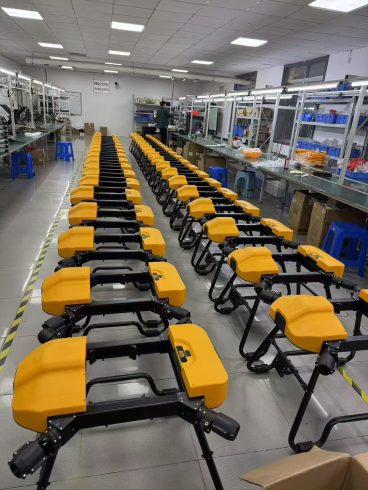
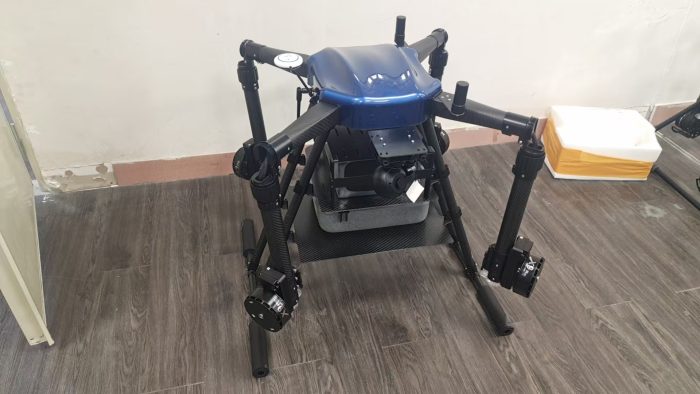

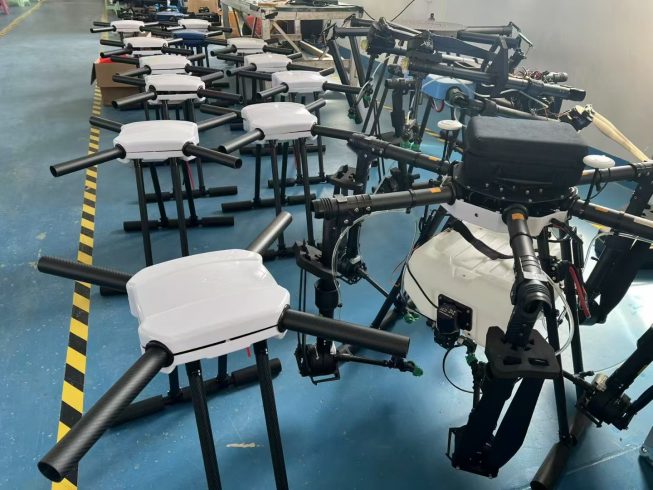
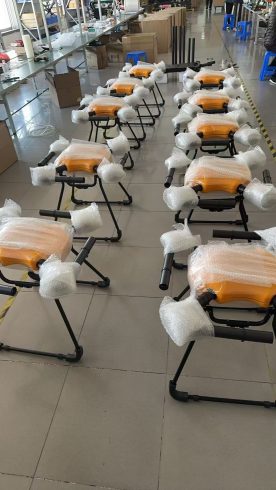
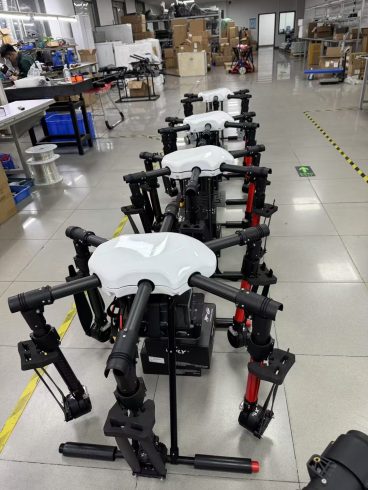
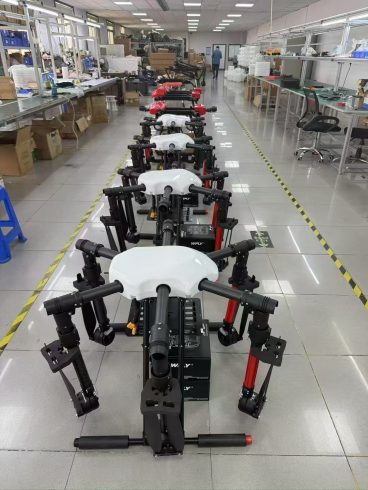

暂无评论内容